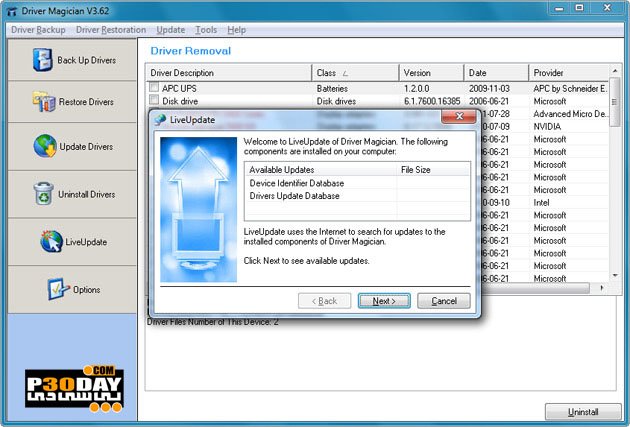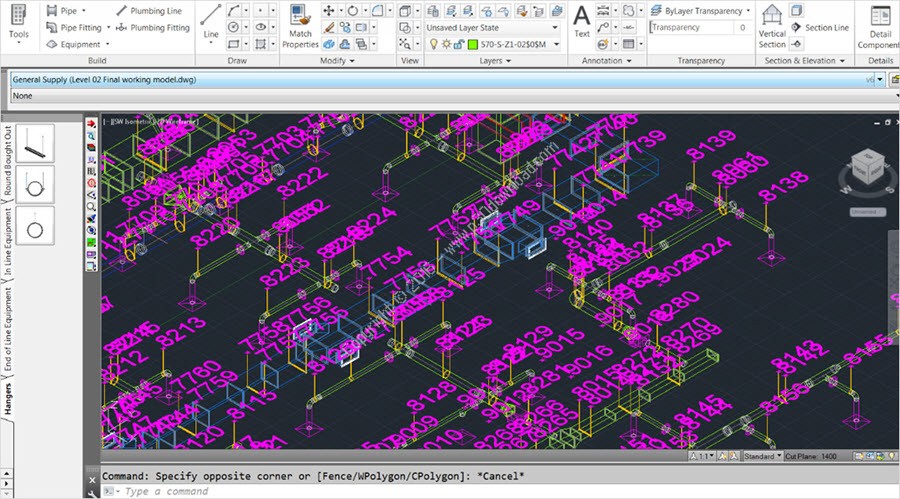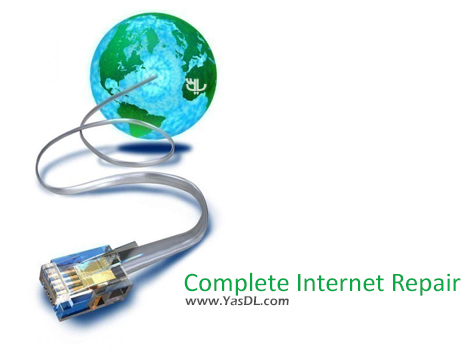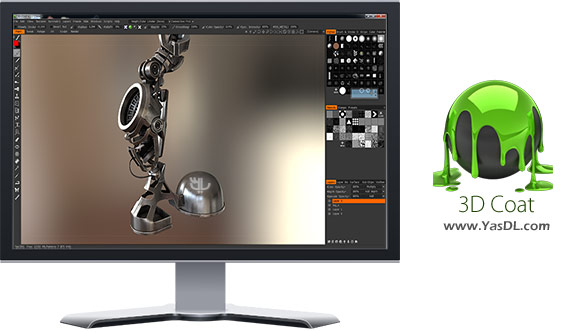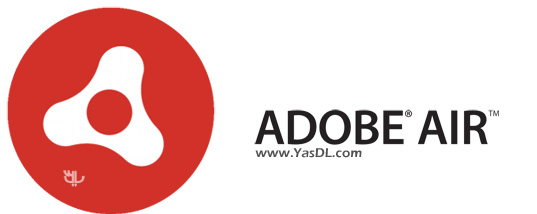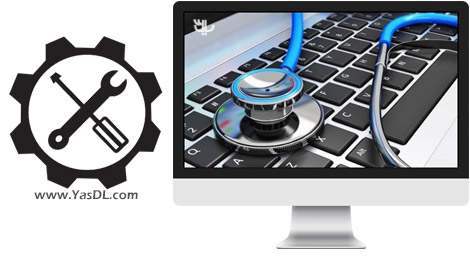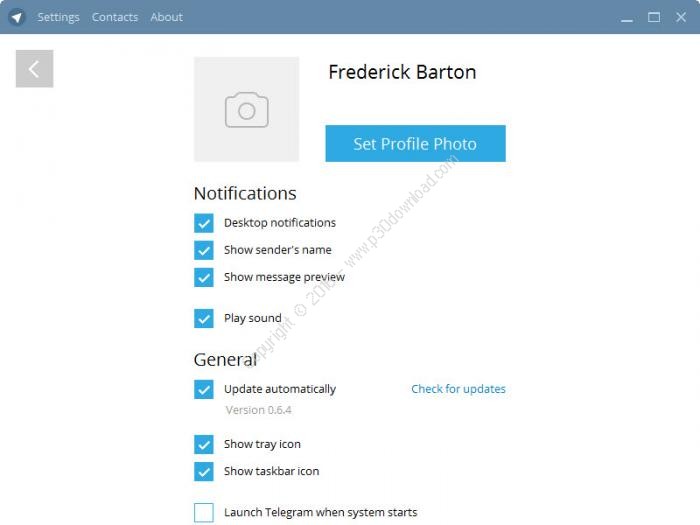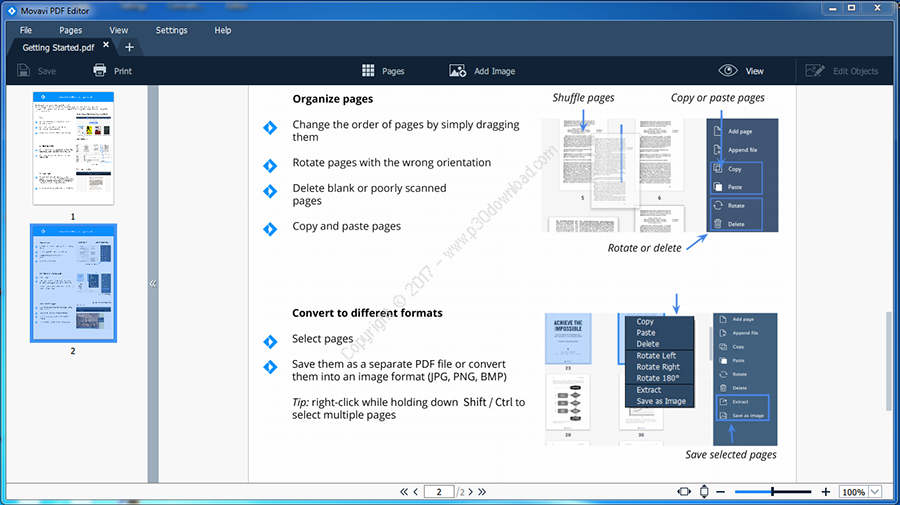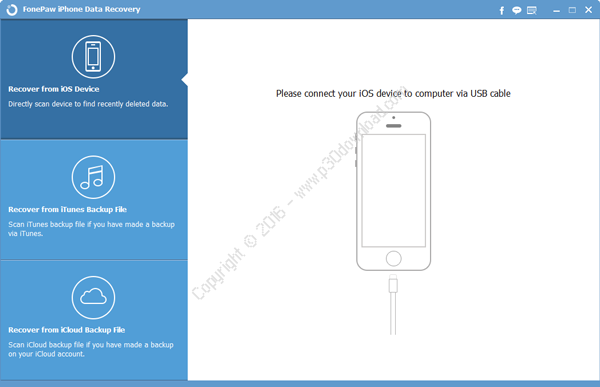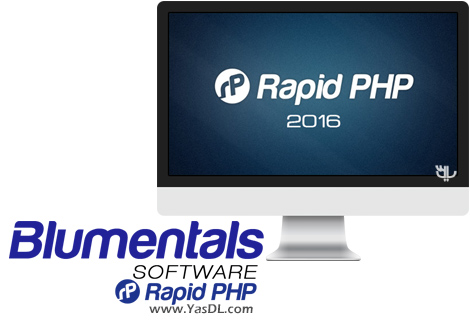Software Description: Microsoft Visual Studio 1997 SP3 Enterprise + MSDN Library Crack Patch
Microsoft Visual Studio 1997 specificallytargets developers of distributed, client-server Web applications(see the sidebar, Building Distributed Applications withComponents). It provides all the tools you need to create andmaintain each tier of the multitier application architecture. Manyof the improvements to existing Microsoft developer products areaimed directly at simplifying the creation or use of ActiveXcomponents. A full complement of tools is provided to createHTML-based presentation layers in addition to the more traditionalWindows®-based application programming tools. A comprehensive setof data management tools helps with the routine creation andmaintenance of the underlying databases.
A second target of Visual Studio is the corporate client-serverapplication. The same basic architecture applies to both types ofapplications. Corporate applications tend to focus a little more onthe database side of things, though, and the Visual StudioEnterprise Edition contains even more tools for creatinglarge-scale database and transaction-processing applications.
Visual Basic is Microsoft’s RAD tool for Windows programmers.Visual Basic uses a graphical, forms-based approach to applicationdevelopment. The typical way to write a program in Visual Basic isto create a form, drag and drop components onto the form, setproperties for the form and its components, and addapplication-specific code to handle events. It sounds simple, butyou can write some very powerful applications this way.
The great thing about Visual Basic is that it hides most of thegory details of Windows-based programming and lets you focus onyour application-specific functionality. Pretty much every serviceyou use in a Visual Basic program is provided by an ActiveXcomponent. Once you’ve learned how to use one component in VisualBasic, using any other component is simply a matter of learning howits object model—its properties, methods, and events—works.
If you’ve used Visual Basic before, one of the first things you’llnotice is that Visual Basic 5.0 has a new integrated developmentenvironment (IDE).
Visual Basic 5.0 makes ActiveX control creation incredibly easy.You can either combine existing controls into a new component orcreate a component from scratch. Either way, you use a special kindof object, called a UserControl, as the basis for your ActiveXcontrol. Once you’ve added any constituent controls to theUserControl, you use the ActiveX Control Interface Wizard tospecify which properties, methods, and events your compositecontrol will expose to clients. You can create property pages foryour control using the PropertyPage Wizard.
The major limitation to the Visual Basic 5.0 control creationfeatures is that the controls you create are single-threaded. Inaddition, I didn’t see any support for windowless controls. But ifyou can live with these restrictions, Visual Basic now provides agreat way to create powerful, lightweight controls. If you’d liketo know more, take a look at Guy and Henry Eddon’s articles in theFebruary and March 1997 issues of MSJ.
Using another special object called a UserDocument, you can createActiveX Documents as easily as you design a form. When you createan ActiveX Document in Visual Basic, you add controls to aUserDocument instead of adding them to a Form. In fact, VisualBasic provides a wizard for converting ordinary apps into ActiveXDocuments: the ActiveX Document Migration Wizard. This wizardconverts the project type to ActiveX Document DLL or EXE and adds aUserDocument to the project. It then copies a form’s properties,controls, and the code behind the controls to the UserDocumentobject, and migrates form event handlers to the UserDocumentequivalents.
ActiveX Documents created with Visual Basic are a little differentthan other ActiveX Documents you may have encountered. Visual BasicActiveX Documents are roughly equivalent to Visual Basic forms thatcan only be hosted in ActiveX Document containers—you can’t runthem as standalone applications. ActiveX Documents are typicallyactivated by accessing a file. When you create an ActiveX Documentproject in Visual Basic, it generates a file with a .VDP extension.This is a structured storage file containing the CLSID of theActiveX Document that should be launched, and any persistentproperties exposed by the document. However, the emphasis in VisualBasic seems to be related more to making a Visual Basic applicationrun within a document container such as Internet Explorer than onthe “persisted” data (contrast this with Word, where the emphasisis clearly on the persistent document).
Once you’ve created a component, you’ll need to distribute it toyour clients. Visual Basic provides a Setup Wizard to help you withall the packaging issues associated with distributing applicationsand components. The wizard has been enhanced in version 5.0 tosupport distribution via the Internet. It also supportsinstallation of remote server components using either DCOM orRA.
Installer Size: 1393 MB
Download Links : Microsoft Visual Studio 1997 SP3 Enterprise + MSDN Library Full Crack
